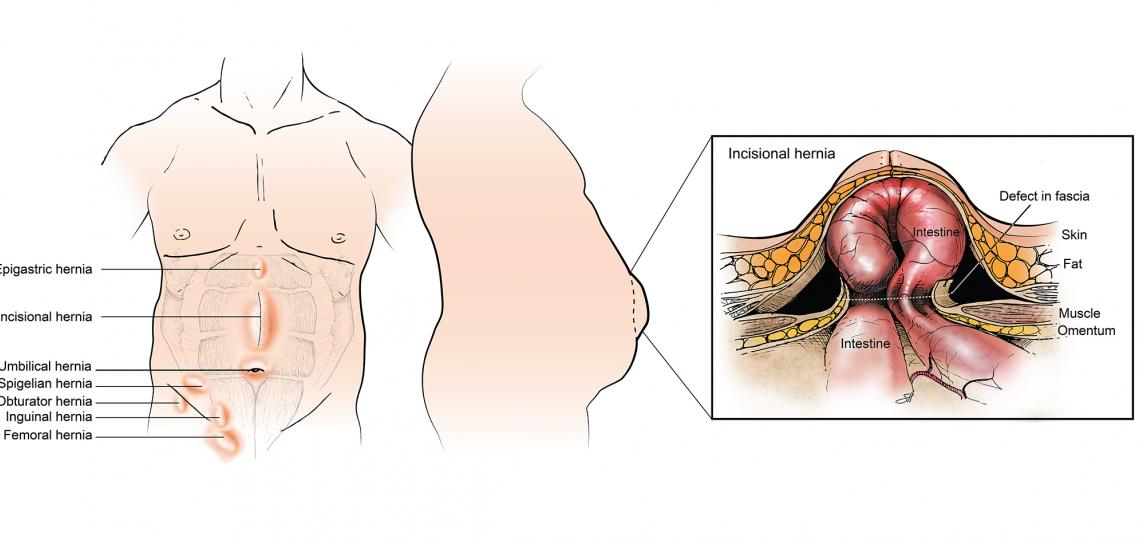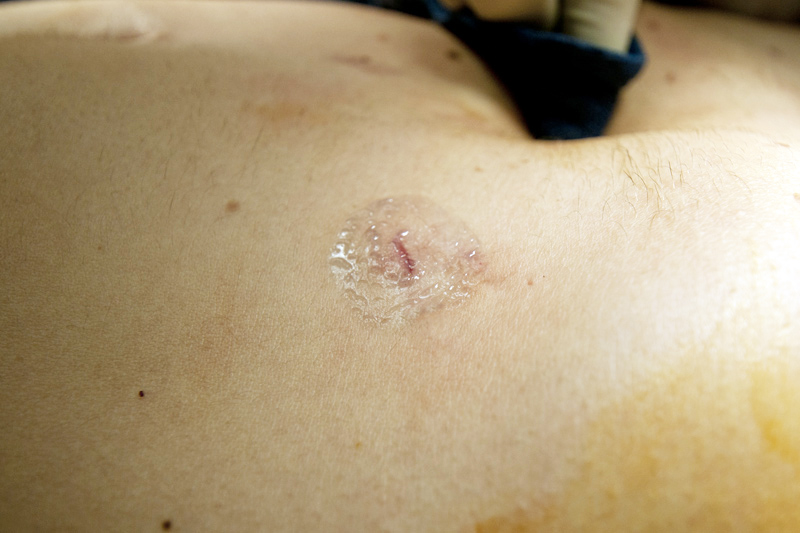What Is A Hematoma After Hernia Surgery
The aim of this study was to provide a more updated assessment of the risk factors inherent to this complication. Does this require more surgery.
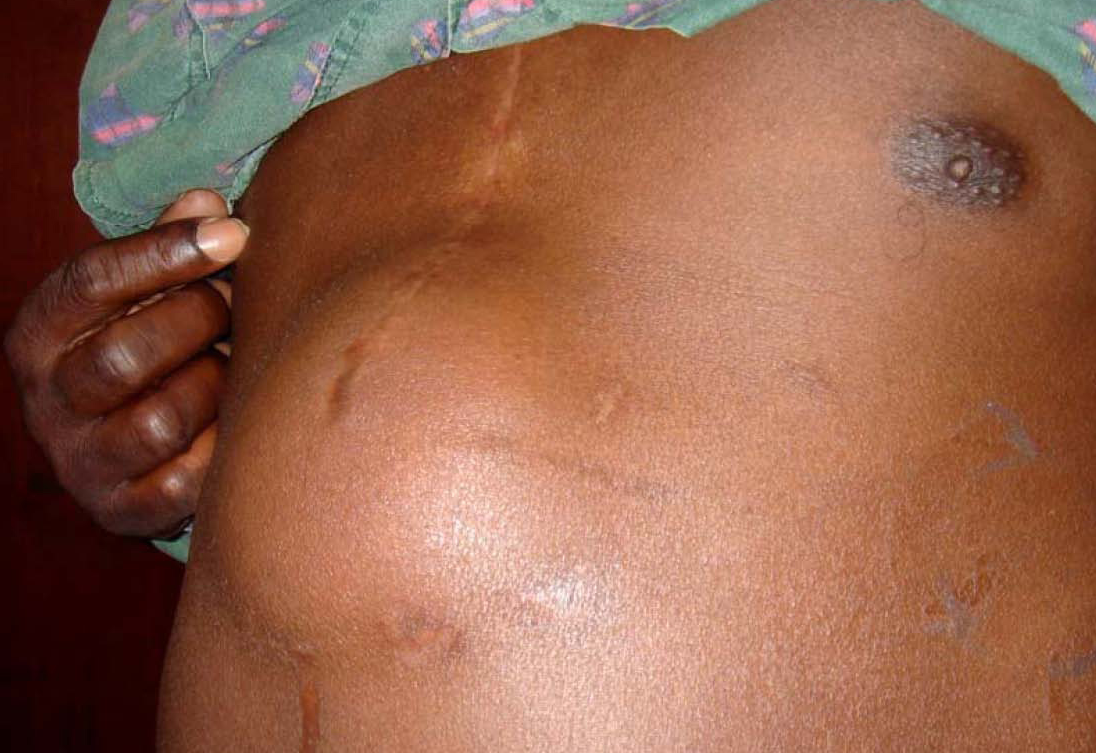 Epigastric Hernia Causes Repair And Recovery
Epigastric Hernia Causes Repair And Recovery
Every patient after hernia surgery is likely to encounter a number of expected things.

What is a hematoma after hernia surgery. Hematoma after hernia surgery. Scrotal hematoma after hernia surgery. 56 years experience General Surgery.
A small hematoma may be treated conservatively. They are especially seen after large indirect hernia repair. For larger hematomas which are asymptomatic evacuation under anesthesia should be considered.
It is not unusual for a hematoma to happen after surgery generally at the surgical site as a result of damage to the surrounding capillary. I had left ing hernia surgery 3 months ago and hematoma about the size of a golf ball is still present in my scrotum. Hematoma after surgery develops several hours after a surgical procedure.
This accumulation of blood leads to pain inflammation and discoloration of the skin around the surgical wound. A hematoma is a collection of blood that accumulates at or near the site of hernia surgery. This hematoma needs to be drained as it might undergo calcification and then may be more troublesome.
A hematoma can look. Bruising sometimes this can occur in areas well outside of the surgical area. Most resolve spontaneously over 4 to 6 weeks.
Discomfort After Hernia Surgery. About 60 of every laparoscopic surgery done will lead to ongoing pain while 80 out of every 1000. All patients need a follow-up appointment two weeks after surgery to ensure that their pain is well.
They can develop where surgical incisions were made in the body or where bodily tissue was removed. Nausea although uncommon some patients react to anesthesia differently than. Most people experience a hematoma at some point in their lives.
Always hemostasis assurance there is no bleeding is assured at the end of each case however mild bleeding can occur after the surgery is complete. Hematoma is a sac of blood that gets accumulated at a surgical site after surgery. Sometimes we can find hematoma after inguinal hernia surgery.
How common is hematoma after hernia surgery. Discomfort is typically handled with over-the-counter medication although some patients may require a combination of over-the-counter and opioid-based medication. A hematoma is a collection of blood outside of a blood vessel.
Swelling- most patients will have moderate to significant swelling for 1-2 weeks after surgery. Excessive bleeding requiring a blood transfusion or additional surgery is very rare. Seromas can occur in any patient after a medical procedure and improper medical care may be the cause.
A 60-year-old male asked. It is usually a consequence of damage to the nearby blood vessels resulting from surgery and it may be also connected to poor aftercare of the patient. Scrotal haematoma is one of the well-known complications following hernia repair but massive penoscrotal haematoma requiring surgical intervention is very rare.
Its not extremely common but it does happen. As with other surgical procedures this is also associated with possible complications. It will go away in a few weeks to months.
About 75 out of 1000 cases of hernia surgery have chronic pain as one of the hernia repair complications. A 33-year-old member asked. A hematoma is an accumulation of blood that takes place beyond the capillary normally caused by a hemorrhage.
Probably less than 5 of the time. Follow-Up Appointments After Hernia Surgery. Infection or hematoma after-effects can typically be managed with antibiotic or anti-inflammatory medication treatment and physical rest.
Operative repair is the only successful treatment for hernias. A hematoma is a common problem that occurs as a result of damage to one of the larger blood vessels in the body. A hematoma after surgery occurs when the blood vessels hemorrhage causing blood to accumulate outside of the blood vessels.
22 years experience Bariatrics. If you have laparoscopic hernia repair the pain after surgery is less and there is less of a chance of having longstanding pain afterward. Although most hematomas are minor and require no treatment severe cases can cause serious complications.
These commonly occur after a significant surgical procedure such as a hernia repair and can be the result of defective hernia mesh. While this is extremely rare it is a known complication. As a result pain and discoloration of the area can occur.
I suggest you to consult your operating surgeon and get it drained. This has the potential to result in a hematoma collection of blood in the space where the hernia was. We recently sensed an increase in the frequency of groin hematoma after inguinal hernia repair IHR at our institution.
SeromaHematoma Formation It is a common complication after laparoscopic hernia surgery the incidence being in the range of 5 to 25 percent. If a seroma persists it may be aspirated. Mishaps during the surgery improper post-surgery care etc.
 Umbilical Hernia Repair Surgery
Umbilical Hernia Repair Surgery
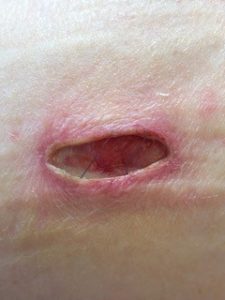 Postoperative Complications In The Urgent Care Setting Journal Of Urgent Care Medicine
Postoperative Complications In The Urgent Care Setting Journal Of Urgent Care Medicine
Prof Giuseppe Amato Incisional Hernia
 Hernia Symptoms Types Surgery Treatment
Hernia Symptoms Types Surgery Treatment
What Caused These Post Operative Complications In A Tep Inguinal Hernia Repair

 Acute Onset Right Groin Hernia With Bruising And Swelling Download Scientific Diagram
Acute Onset Right Groin Hernia With Bruising And Swelling Download Scientific Diagram
What Caused These Post Operative Complications In A Tep Inguinal Hernia Repair
 Hysterectomy Scar Pictures And What To Expect After A Hysterectomy
Hysterectomy Scar Pictures And What To Expect After A Hysterectomy
 What To Expect During Umbilical Hernia Surgery Recovery Relentless Forward Commotion
What To Expect During Umbilical Hernia Surgery Recovery Relentless Forward Commotion
What Caused These Post Operative Complications In A Tep Inguinal Hernia Repair

 Paraumbilical And Umbilical Hernia Repair Healthdirect
Paraumbilical And Umbilical Hernia Repair Healthdirect
 Inguinal Hernia Repair Surgery Information From Sages
Inguinal Hernia Repair Surgery Information From Sages
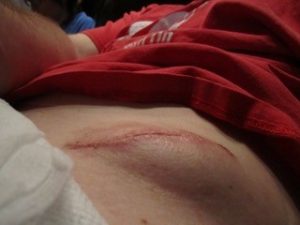 Postoperative Complications In The Urgent Care Setting Journal Of Urgent Care Medicine
Postoperative Complications In The Urgent Care Setting Journal Of Urgent Care Medicine
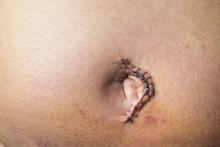 Timing Of Return To Work After Hernia Repair Recommendations Based On A Literature Review British Columbia Medical Journal
Timing Of Return To Work After Hernia Repair Recommendations Based On A Literature Review British Columbia Medical Journal
